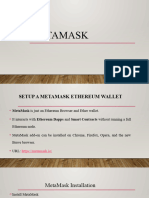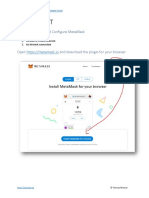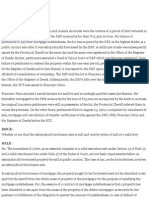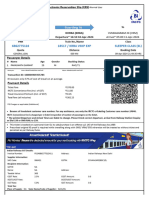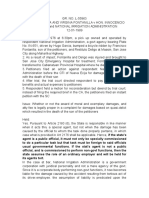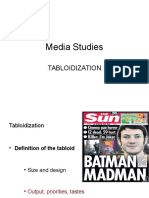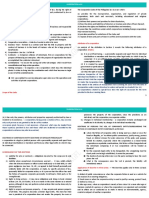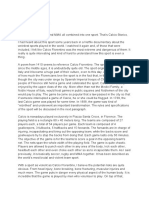0% found this document useful (0 votes)
120 views26 pagesBlockchain Lab Manual
This laboratory manual outlines experiments and assignments related to blockchain technology for B.Tech students in their seventh semester. It includes instructions for installing MetaMask, creating wallets, writing smart contracts, and exploring different types of blockchains with real-time use cases. The manual emphasizes practical applications of blockchain, including dApps and smart contracts for various industries.
Uploaded by
vivekkr.hanwateCopyright
© © All Rights Reserved
We take content rights seriously. If you suspect this is your content, claim it here.
Available Formats
Download as PDF, TXT or read online on Scribd
0% found this document useful (0 votes)
120 views26 pagesBlockchain Lab Manual
This laboratory manual outlines experiments and assignments related to blockchain technology for B.Tech students in their seventh semester. It includes instructions for installing MetaMask, creating wallets, writing smart contracts, and exploring different types of blockchains with real-time use cases. The manual emphasizes practical applications of blockchain, including dApps and smart contracts for various industries.
Uploaded by
vivekkr.hanwateCopyright
© © All Rights Reserved
We take content rights seriously. If you suspect this is your content, claim it here.
Available Formats
Download as PDF, TXT or read online on Scribd
/ 26












